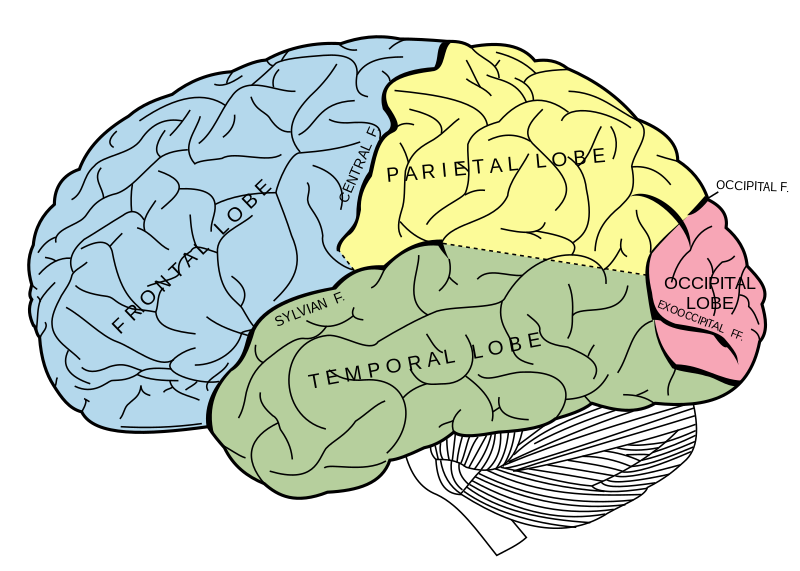


Mirror neurons that have been identified in the brain serve as the mechanism of imitation, in virtue of their ability to react or “fire” sympathetically, and thus affect consciousness.
When you are watching someone else do something: some of the same neurons fire both when you observe the performance of an action and when you actually perform that action. This is held to show that the brain automatically produces a representation of someone else’s “point of view” - it runs by means of mirroring neurons an internal simulation of the other’s intended action.
Culture, "Rama" Ramachandran argues, consists of massive collections of complex skills and knowledge which are transferred from person to person through two core mediums, language and imitation. We would be nothing without our savant-like ability to imitate others.
The mirror neurons act like sympathetic movements that can occur when watching someone else perform a difficult task—as when your arm swings slightly when you watch someone hit a ball with a bat. This specific neural circuitry provides the key to understanding the growth of culture; indeed, the mirror neurons are held to permit the evolution of language, by enabling imitative utterance.
Accordingly we need special inhibitory mechanisms in order to keep our mirror neurons under control - or else we would be in danger of doing everything we see and losing our sense of personal identity.
We are, in effect, constantly impersonating others at a subconscious level, as our hyperactive mirror neurons issue their sympathetic reactions.
Source: neuroscientist Vilayanur Subramanian "Rama" Ramachandran
Source: neuroscientist Vilayanur Subramanian "Rama" Ramachandran
No comments:
Post a Comment